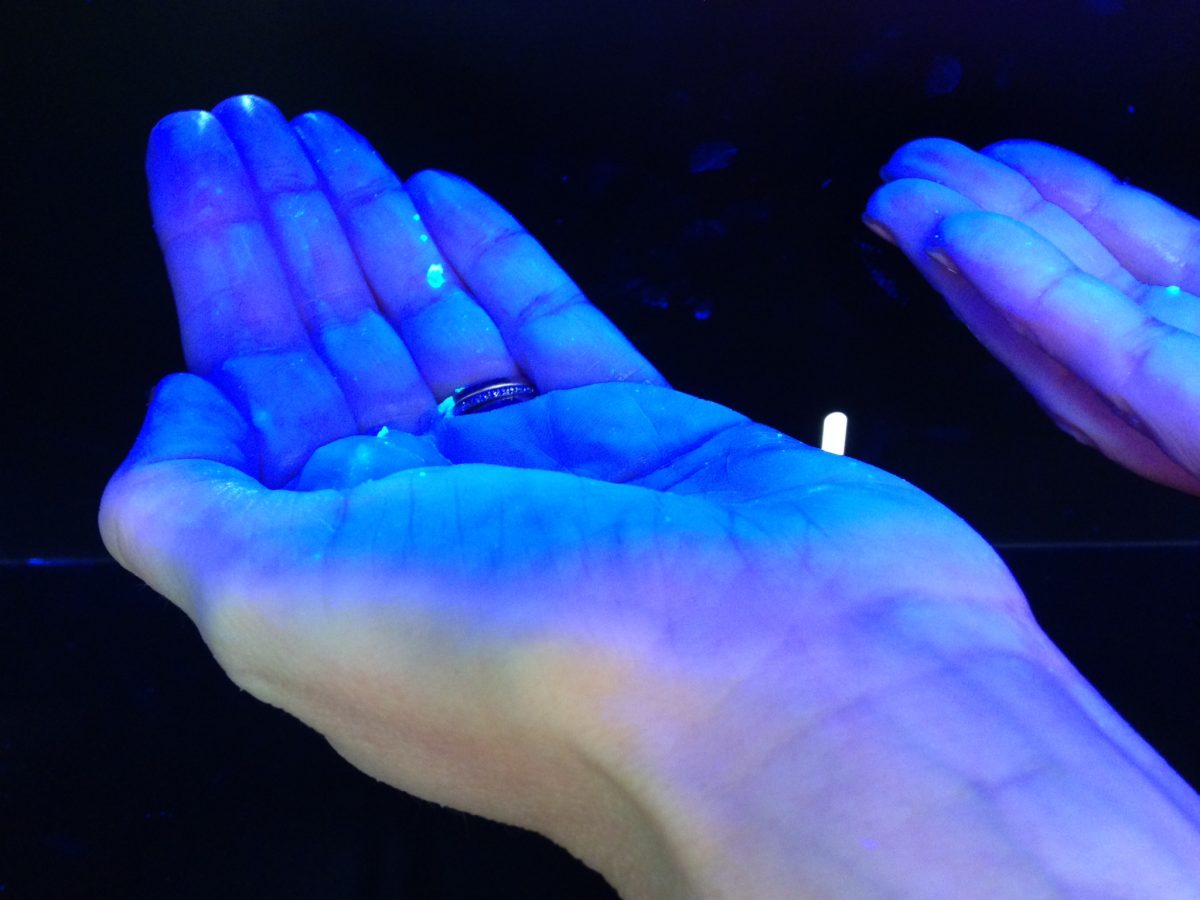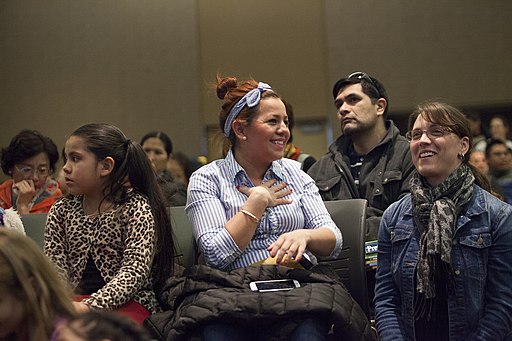Blog Authors: Walter Patterson; Lynn Brown; Jan Robertson; Joe Wilson; Tracey Howe
Image: Matthew Hurst from New York, NY, USA / CC BY-SA (https://creativecommons.org/licenses/by-sa/2.0)
One only has to walk through College or on any street or social place to notice that the majority of people are engrossed in some activity on the screen of their handheld technology. How can we utilise this technology for best effect for learners at our College. We explored the findings of a recently published paper Distance Learners’ Use of Handheld Technologies: Mobile Learning Activity, Changing Study Habits, and the ‘Place’ of Anywhere Learning.
Here’s what they did
Undergraduate students enrolled at the UK’s largest distance learning university were surveyed. This included questions about: (a) ownership of technologies; (b) frequency of use of handheld devices (tablet, e-readers, and smartphones) for specified leisure activities and for specified learning activities; (c) locations at which each device is used for study purposes; (d) perceived change in study habits; (e) statements about impact of use on learning; (f) reason for purchase; (g) length of time used; (h) benefits and challenges; and (i) preferences for future use of each technology for learning. Open comment questions were added to probe the types of learning used in distance learning contexts, reasons for use or non-use, and the locations of use. Students were asked separately about their use of tablets, smartphones, and e-readers so potential differences in use could be analysed.
There were 446 responses from 3000 students giving a response rate of 14.9%. All age groups, study levels, and disciplines were represented. A wide range of analytical methods were used to analyse the data.
Here’s what they found
Five key findings are:
- most students now use handheld devices for study-related learning;
- the distribution of study-related learning tasks was similar in all seven study places;
- there is a strong, statistically-significant correlation between the number of study places in which handheld devices are used and the number of study task types performed;
- two fifths of students using a handheld device for learning have noticed a change in study habit and benefit to learning;
- and multiple regression analysis shows three variables (number of study places, number of study tasks, and change in study habits) are predictors of finding it easier to access learning materials and improved quality of learners’ work.
The author/s concluded
The study concludes by proposing two new concepts: the flow of places and place of space. These should help direct the framing of future studies into the places, spaces, and mobility of formal and informal seamless learning.
 Our Journal Club’s views
Our Journal Club’s views
Who are the authors of the paper and where do they work? Walter and Joe declared an interest as in the past they had both worked with Prof Sharples (author of over 300 papers and founder of the Association for Mobile Learning).
What do we know about the journal? The International Review of Research in Open and Distributed Learning (IRRODL) is a refereed, open access e-journal that disseminates original research, theory, and best practice in open and distributed learning worldwide. Club members judged it to be very reputable, with all articles subjected to double-blind peer review by a minimum of 2 subject experts. According to Google scholar in 2019 the journal has a ranking of third among educational technology journals and a rank of fifth of all education journals.
What about the methodology used? The abstract was viewed by some to be concise and accurate, but others thought that it presented an overcomplicated approach to some straightforward research questions. The abstract also lacked an explanation of some important concepts in the paper (e.g. flow of places).
Some felt that the readability of the paper was impacted by its layout on the page with the text looking dense. It was also noted that there appeared to be a predisposition to adopting a particular framework and that this may have influenced the approach taken and the analysis.
The introduction is rather lengthy and would be improved by more explicit subheads in the text. It also introduces complex ideas some of which are not fully addressed in this paper. Also it was unusual for research questions to appear in the middle of an introduction rather than at the end.
It was also noted that the population for the study is very niche since it is the specific domain of distance learners, who are highly likely to also be mobile learners. This would not mirror well to the type of students who attend COGC.
The careful definition of what a handheld device is was appreciated and and the context and background of the study was well explained.
There was an extended discussion of the response rate (14.9%). There was a danger to the study that these respondents were self-selecting to have a definite view one way or the other on the topic of mobile learning. There was concern that we knew nothing about the 85% who did not respond (eg traits, attributes).
The over-representation of older students was noted, even although the initial sample was stratified according to key factors (good). The survey design itself well developed and demonstrated best practice. The choice of categories for place seemed reasonable but had only been piloted with 6 people. The inclusion of PCs and laptops was welcomed as it offered a good comparison between truly mobile devices and others, as was the recognition in the survey design that mobiles could be used for other (distracting) activities as well as study-related.
No qualitative results were presented, which was somewhat disappointing (to be published separately). The presentation of the results could have been more informative by inclusion of actual sample numbers rather than just percentages. The tables and charts allowed a clear understanding of the study outcomes. The statistical evidence was well presented.
There are strong connections between the number of different study places where mobile devices are used and the number of different tasks for which they are used. The distribution of study-related tasks was fairly even across all the different study places. Some (40%) of respondents noted a change in study habits and improvement to learning through the use of mobile devices.
Our conclusions are – that this evidence has a low risk of bias.
 Implications for our practice
Implications for our practice
A study of learning designs across the college revealed a predominance of content delivery. There was scope to implement better quality learning designs that drew on varied tasks, many of which could be supported by mobile learning (ABC of Learning Design). The college could move in this direction so that students were encouraged more to participate in mobile learning.
It was commented that changing the tone of voice in some module content (eg personalised voice) had proved to better engage learners – so this could also be incorporated.
 Next steps
Next steps
It was intimated that one response to COVID-19 could be to move more learning to mobile and that staff would be given help to do this in the coming weeks.
 View from
View from
 What do you think?
What do you think?
References
Cross, S., Sharples, M., Healing, G., & Ellis, J. (2019). Distance Learners’ Use of Handheld Technologies: Mobile Learning Activity, Changing Study Habits, and the ‘Place’ of Anywhere Learning. The International Review of Research in Open and Distributed Learning, 20(2). https://doi.org/10.19173/irrodl.v20i2.4040
![]() Keywords: mobile learning, seamless learning, study space, handheld learning technologies, anywhere learning, distance education.
Keywords: mobile learning, seamless learning, study space, handheld learning technologies, anywhere learning, distance education.
Our Blog Posts are written by staff at City of Glasgow College to inform and inspire our practice. We meet together at the Journal Club to consider the latest evidence to provide insights on hot topics related to learning and teaching, quality assurance and subject needs. It forms part of our activity for General Teaching Council Scotland registration and Professional Standards for lecturers in Scotland’s Colleges demonstrating that we are a self-critical staff community.

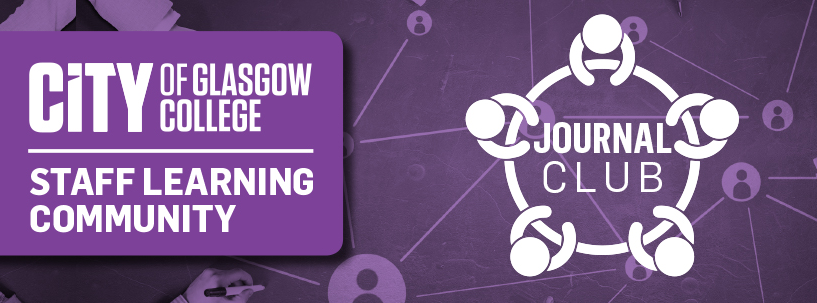


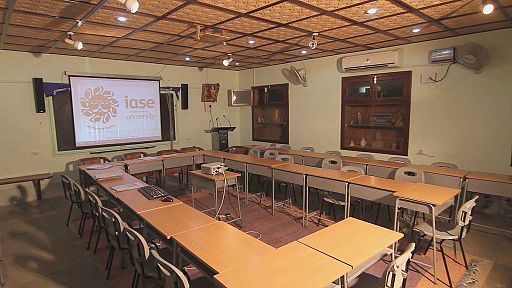

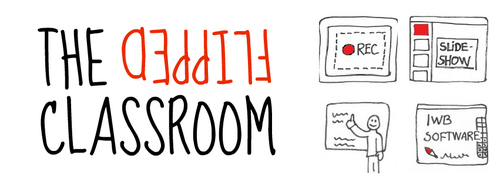
 Our Journal Club’s views
Our Journal Club’s views

